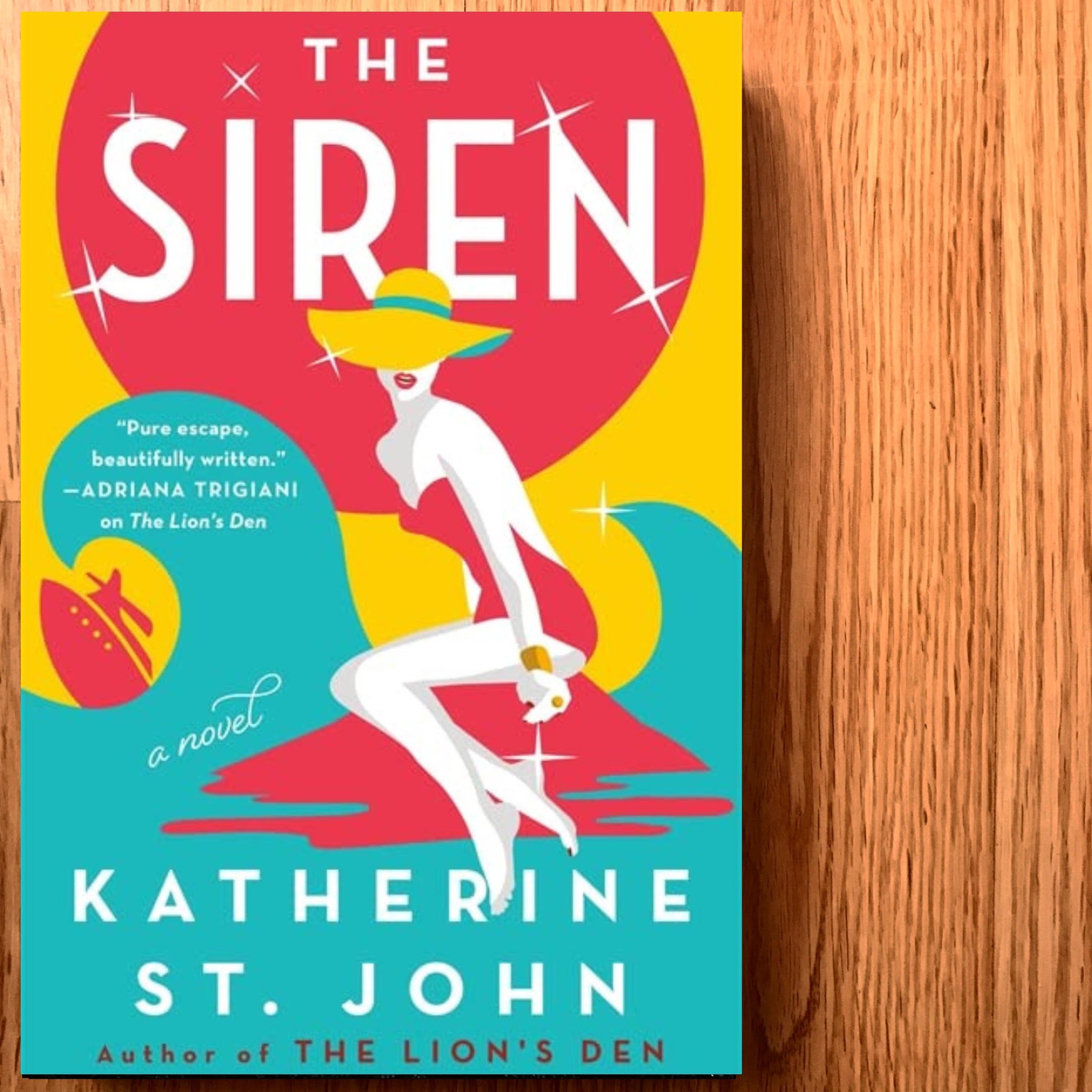The Theory of Crows is David A. Robertson’s first adult novel, and offers a healing narrative of a father and daughter relationship that begins fraught with strain. Matthew, a middle-aged man, is presented in a state of existential crisis. He has been caught cheating on his wife with a co-worker through a series of inappropriate texts and workplace connections. Holly finds her father’s texts and observes the conflict between her parents, and she confronts her father, who was more present for her when she was younger. She spirals and becomes disconnected from her father and herself. Embedded within Matthew’s pain is a quiet spiritual detachment from reality, and yet, an ancient way of being propels him to seek connection with the microcosm of nature, the fabric of stars, the turn of leaf and wind. In recurring images like his father’s hand resting on his child’s belly, Matthew strives to find his breath again in a pit of regret, shame, and guilt.
When his father, Moshum, crosses over, Matthew and Holly set aside estrangement and seek out the family’s northern trapline to put to rest Moshum’s ashes and return him home. A gentle shifting between narrative point of view offers a steady stream of consciousness and a father’s gentle teachings.
David A. Robertson has steadily carved out his space in literary circles within Canada and abroad as an author from the Norway House Cree Nation. With a portfolio of children’s books and texts for young readers, Robertson has made his mark as a prominent voice. His list of awards and accolades is long, among them the 2021 Writer’s Union of Canada Freedom to Read Award, The Globe and Mail Children’s Storyteller of the Year, two Governor General’s Literary Awards, the McNally Robinson Best Book for Young People Award, and the shortlist for the Ontario’s Library Association’s Silver Birch Award. Robertson is also the host of Kíwew (Key-Way-Oh), an award-winning podcast. I have encountered Robertson in humble settings, presenting his latest upcoming children’s book to the students in our school board and offering a compassionate and optimistic space for youth in conversations about residential schools while sharing his personal connections to the land.
The Theory of Crows offers knowledge that helps build allyship, telling us that the starting point is acknowledging that no matter what our background, we share something with everybody on the planet: “That you are human.” We can come together in the space of this text. As an educator, I was offered valuable insight into Holly’s experience of being Indigenous in a school setting. Learning new vocabulary like Indigeneity, a word that is used to “describe the state of being Indigenous” and which Holly uses to break down assumptions she has of what her elder’s counselling space would be like when she ventures in to sit with her.[1] This scene helped me contextualize what my students might be going through.
Next, profiling or tokenism, terms referred to when an Indigenous topic is brought up in class and the Indigenous student is called upon to validate and embody the components of the flow of that conversation. “How the fuck should I know?” Holly demands, before being sent out of class. I learned from this scene and strive to not actualize it in the setting of my own classroom. Lastly, I learned about blood memory: “It’s like your ancestors, their lives and experiences, living in you,” [Matthew] said. “Embedded into your DNA.” These teachings help inform me as an educator and better equip me if I introduce this text in a course.
Robertson’s depiction and honouring of sacred spiritual alliances further moves this text into current conversations surrounding the representation of and engagement with animals in literature. Rejecting the colonial framework that objectifies and flattens it into symbolism, Robertson sets nature free and depicts a way of walking in balance with the environment that can help shift current paradigms and society’s interaction with the world around it. Calling back to the title of the book, the theory of crows connects to land memory and crow knowing.
Your grandfather used to say that you could remember the land, even if you’d never been on the land before. Your grandfather used to say that the land could remember you. It works the same way with crows, Hallelujah. They remembered him, they would remember me, and they remember you. They pass these things down through the generations.
We are the extension of the land and exist together within reciprocal exchanges. We are the land; when we walk upon it, we become it and root down into blood memory and holistic being. With discrete layers of the ethereal and interaction with the spiritual realm, Robertson has crafted a first adult novel that will be shelved alongside canonic texts of literature. This is only the beginning.
Thank you to Harper Perennial for the complimentary copy in exchange for an honest review!
[1] Queen’s University Office of Indigenous Initiatives. 2023. “Decolonizing and Indigenizing,” https://www.queensu.ca/indigenous/decolonizing-and-indigenizing/defintions.





















